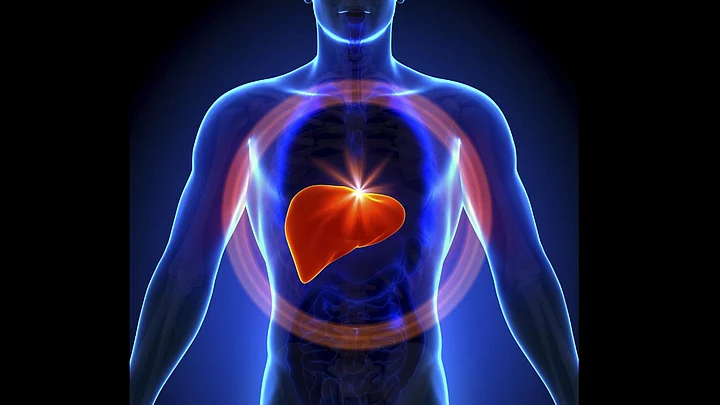Fatty liver also known as hepatic steatosis is a condition in which fat builds up inside the liver, though little fat accumulation is normal, high levels of fats can result in serious health problems.
Liver is the second largest organ of the body and processing nutrients from food is one of its major functions besides storing fat and getting rid of toxins in the blood. Since it performs few of the major functions for the body, any damage to it can be dangerous.
The fat accumulation inside the liver can cause inflammation and scarring, which if not treated on time can lead to liver failure. Therefore, in this article we shall be covering the causes, symptoms, types, diagnosis, and treatment for fatty liver in detail.
Fatty Liver: Types
According to the doctors of Mayo Clinic, the two types of fatty liver conditions include:
Alcoholic fatty liver: Alcohol can damage the liver, impairing its ability to break down fat, thus the fat starts to accumulate or build up resulting in scarring and damage. It is one of the common and first stage damage due to alcohol use and does not cause inflammation
Non-alcoholic fatty liver: It is a common condition and is usually the result of an unhealthy and imbalanced diet or underlying medical conditions. In this case, the liver gets inflamed and has excess fat without any history of alcohol use, and can lead to cirrhosis or liver failure.
Fatty Liver: Causes
The major reasons for the fatty liver are the fat build-up in the liver, too much fat production or inefficient metabolism.
What usually happens is that that the undigested fats get stored in the liver causing it to bloat. However alcohol can be one of the contributing factors, the other causes of fatty liver include (Healthline):
Insulin resistance
High blood sugar levels
Obesity
Genetics
High levels of triglycerides
Rapid weight loss
Pregnancy
Metabolic syndrome
Exposure to toxins
Side effects of certain medications
Fatty Liver: Signs and Symptoms
According to the doctors of Cleveland Clinic, the various symptoms of fatty liver include:
Abdominal pain
Feeling of fullness
Loss of appetite
Weight loss
Nausea
Jaundice
Enlarged spleen
Red palms
Fatty Liver: Diagnosis
According to the doctors of Mayo Clinic, there are various ways to help the doctor diagnose if you are suffering from the condition of fatty liver:
First, the doctors shall ask you a few questions regarding- the medical history of the family, history of liver disease, alcohol consumption, medications, and changes in health or weight
Physical examination also helps doctors diagnose a case of a fatty liver when they press slightly on the abdomen to check for an enlarged and inflamed liver
Blood tests like the alanine aminotransferase test (ALT) and aspartate aminotransferase test (AST) help the doctor detect any increase in the liver enzymes, which might be the case only if your liver is inflamed
Imaging tests such as MRI, ultrasound, and CT scans are a few other ways to detect the fat build-up or any other changes in the liver
Fatty Liver: Treatment
According to NHS, if you suffer from non-alcoholic fatty liver (NAFLD) then there are chances to get the condition any control without making it worse. There is no such treatment for NAFLD, you can make certain lifestyle and dietary changes to prevent the working of the situation.
Though doctors may prescribe medications for the related medical issues that contribute to NAFLD like high cholesterol, blood pressure, and diabetes.
The other ways to manage fatty liver disease due to alcohol includes: cutting back or giving up alcohol consumption, losing weight, exercising regularly, maintaining blood sugar levels, and eating healthy.
If the condition is left untreated it might result in cirrhosis leading to liver cancer or liver failure. In such cases, a liver transplant is the only solution.
(At The Quint, we question everything. Play an active role in shaping our journalism by becoming a member today.)
